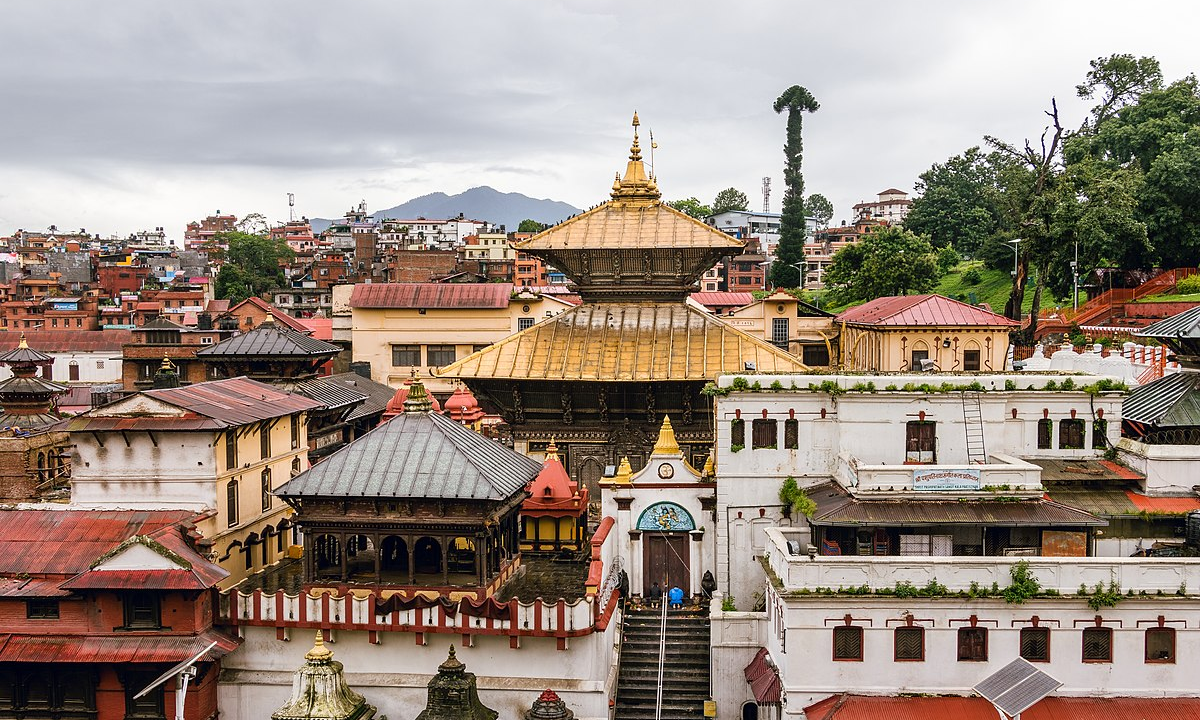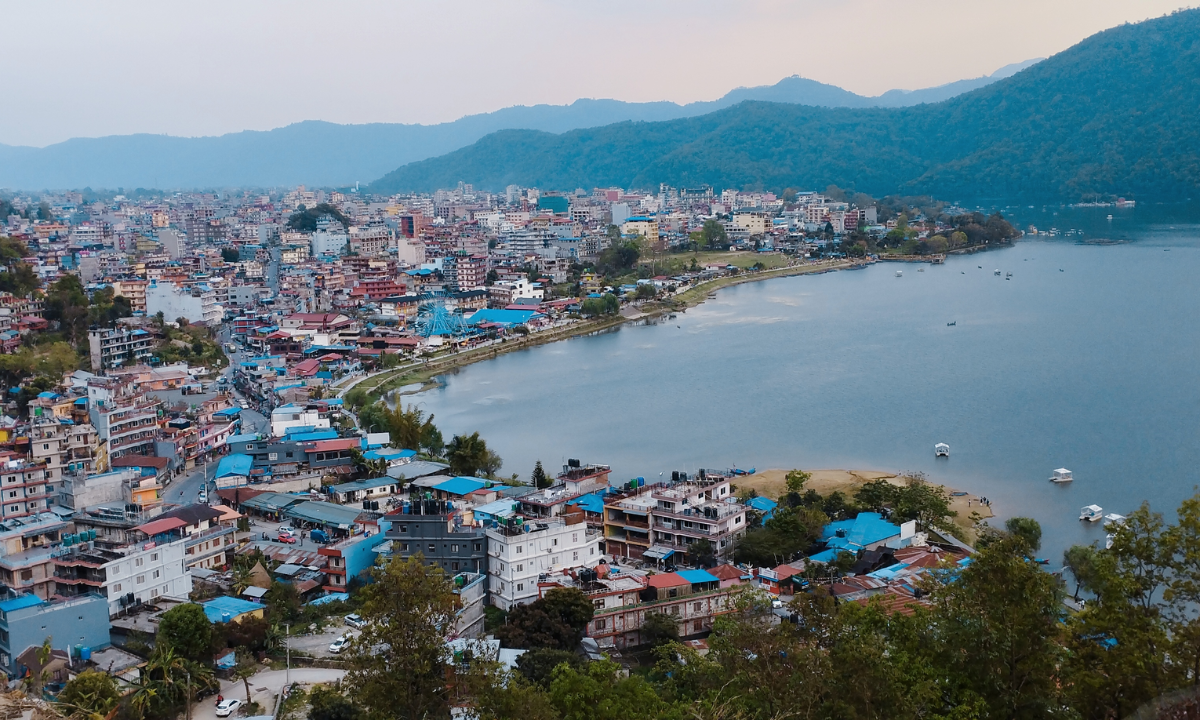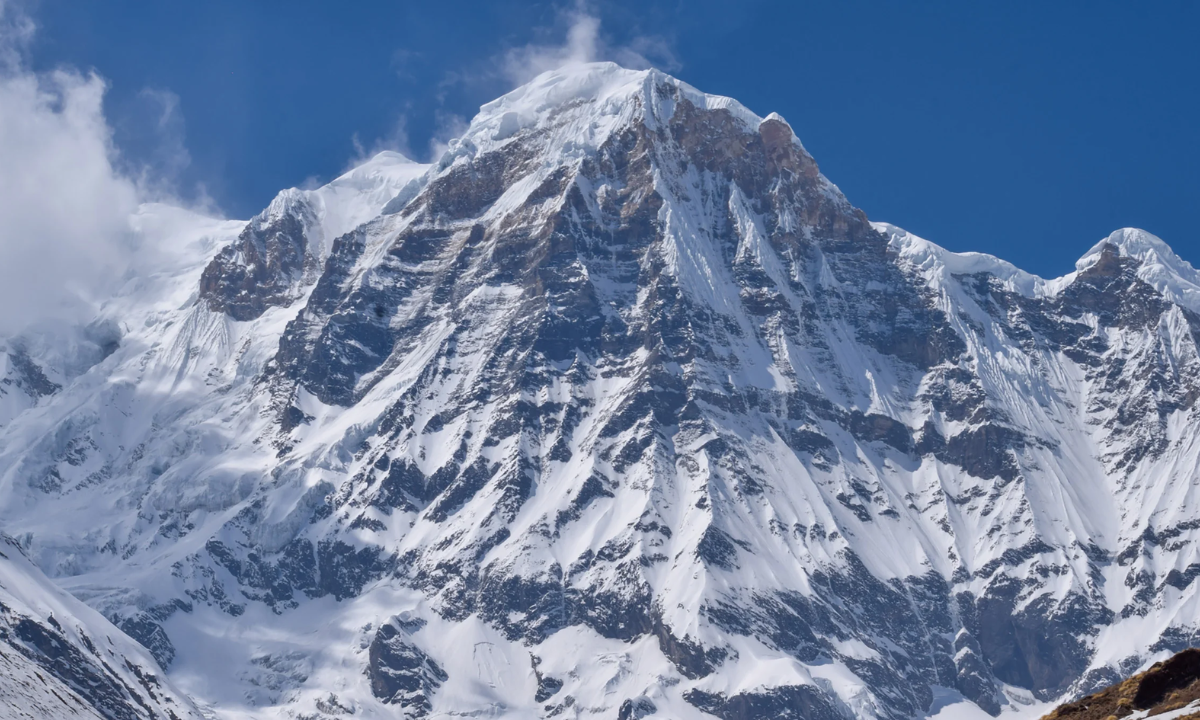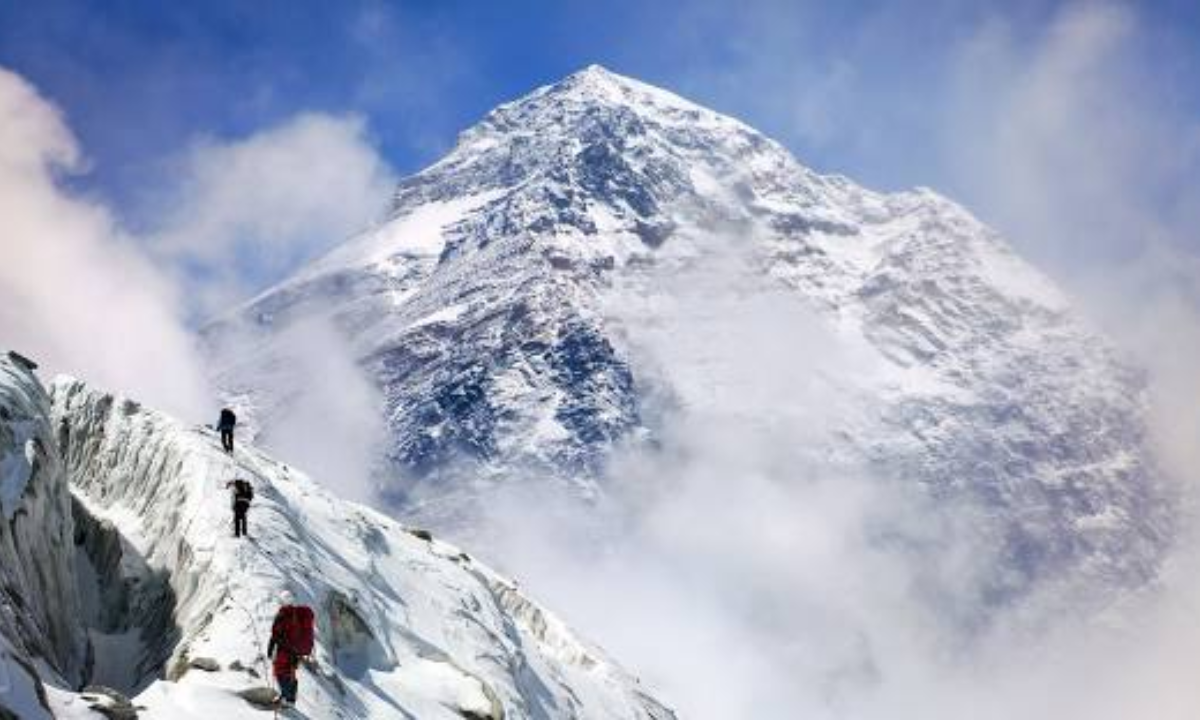Kathmandu, Nepal- The Historic and Cultural Facts about Pashupatinath in Kathmandu, Nepal.
Historical Significance: Pashupatinath Temple, located on the banks of the Bagmati River in Kathmandu, is one of the oldest and most sacred Hindu temples in Nepal. It is believed to have been built in the 5th century AD by Licchavi King Prachanda Dev.
Lord Shiva: The temple is dedicated to Lord Shiva, one of the principal deities in Hinduism. Pashupatinath is a manifestation of Shiva as the Lord of Animals.
UNESCO World Heritage Site: Pashupatinath Temple is designated as a UNESCO World Heritage Site since 1979 due to its cultural, historical, and religious significance.
Maha Shivaratri: The temple attracts thousands of devotees, especially during the Maha Shivaratri festival, which celebrates the marriage of Shiva and Parvati. It is one of the biggest festivals celebrated at Pashupatinath.
Architecture: The temple’s architectural style is predominantly Nepalese pagoda. It is built in the traditional Nepalese pagoda style with golden roofs and silver doors.
Sacred Cremation Site: The temple complex serves as an important cremation site for Hindus. The ghats along the Bagmati River witness cremation ceremonies daily. It is believed that cremation at Pashupatinath ensures the soul’s liberation from the cycle of rebirth.
Tourism Flourishes in Annapurna: March Visitor Surge and Record-breaking Year
Sadhus: Pashupatinath is also home to numerous Sadhus (Hindu holy men) who live in and around the temple complex. These Sadhus, adorned in ochre robes, dedicate their lives to spiritual pursuits and are an integral part of the temple’s ambiance.
Shrines and Temples: Apart from the main temple dedicated to Lord Pashupatinath, the complex houses various smaller shrines and temples dedicated to other Hindu deities such as Guhyeshwari, Vasuki, and Hanuman.
Festivals and Rituals: Besides Maha Shivaratri, other important festivals celebrated at Pashupatinath include Teej, Bala Chaturdashi, and the Nepali New Year (Nepal Sambat).
Tourist Attraction: Pashupatinath Temple attracts not only religious pilgrims but also tourists from around the world who come to witness its architectural beauty, cultural richness, and spiritual vibrancy.
These facts offer a glimpse into the rich history, cultural significance, and religious practices associated with Pashupatinath Temple in Kathmandu.





